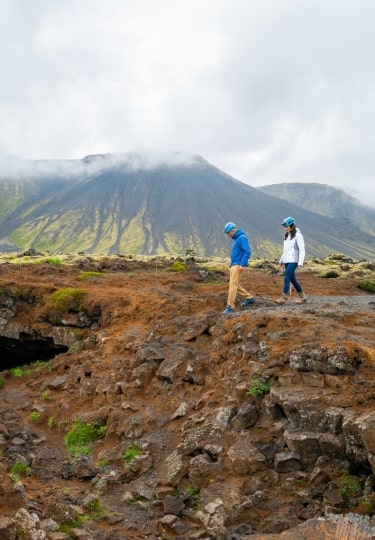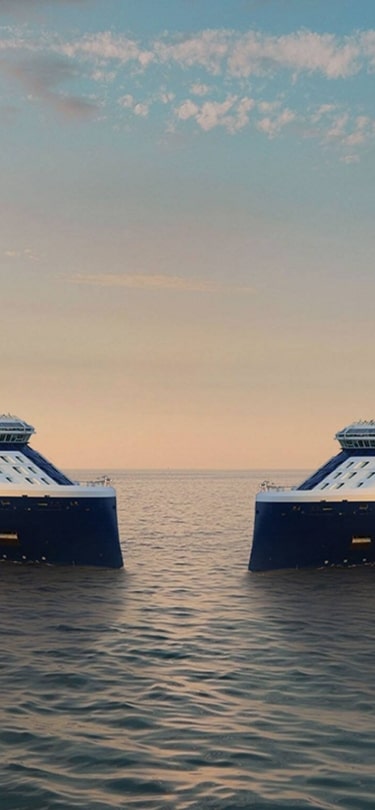The “land of fire and ice” is one of the most unique, diverse, and fascinating countries in the world. But they do things differently here, which is why a few Iceland travel tips are essential for anyone thinking of visiting this incredible geothermal island in the cold Northern Atlantic Ocean.
Whether you’re soaking in the iconic Blue Lagoon, your face covered in silica mud, spotting whales breaching off the coast, or standing awe-struck as hot lava flows from a volcano, Iceland is a place where the extraordinary just seems to be almost routine.
Where else can you sample fermented shark as a delicacy, ride horses with a gait found nowhere else on earth, or warm your toes in natural hot pools under the midnight sun? From Viking legends to jaw-dropping landscapes, Iceland is packed with surprises – and with these travel tips, you’ll be ready for them all.
Know When To Go
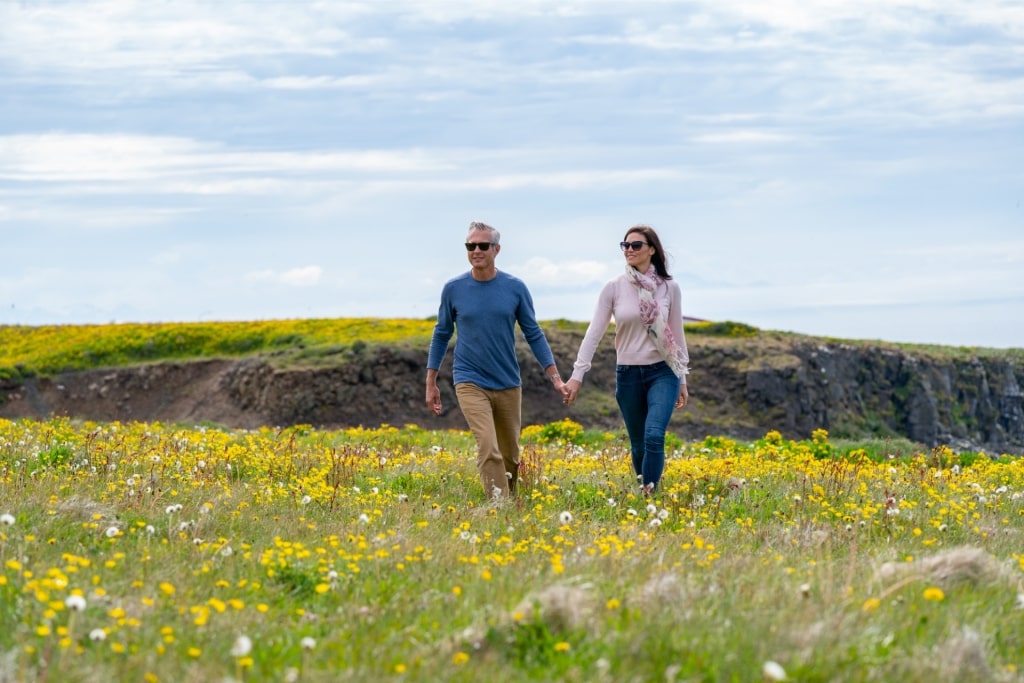
Grimsey Island
The first thing to consider is the timing of your visit. The country’s northern location means that winter days are incredibly short, while in summer, the sun barely sets. There’s no doubt winter has a certain charm and adds the bonus of the best chance to see the Northern Lights. The flipside, of course, is that with the much shorter days there’s less chance to explore and see the sights.
On balance, summer is the best time to visit Iceland – especially for first timers who want to take in all the country’s charms. Not only do the longer days offer more sightseeing opportunities, but June, July, and August are prime whale-watching season. That the weather is much milder in summer is another huge bonus.
Get Ready for the Midnight Sun
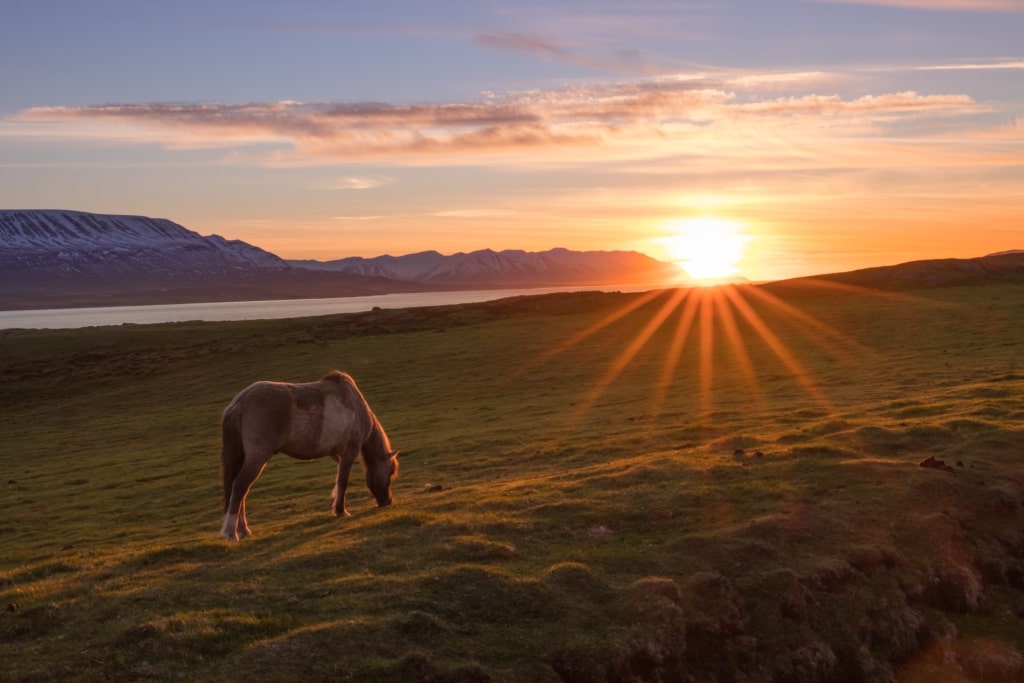
Midnight sun in Akureyri
If you’ve never experienced it, nothing quite prepares you for almost 24 hours of daylight when visiting Iceland. It’s both incredibly special but disconcerting at the same time.
To be clear, the sun does set, but it merely dips below the horizon before rising again, offering a unique golden hue to this experience of dusk-to-dawn in minutes. The locals, of course, are prepared with heavy blackout drapes and blinds in cafés, bars, and restaurants to simulate nighttime.
In major towns such as the capital, Reykjavik, Akureyri, and Isafjordur, people take advantage of the longer days with special events and festivals, as well as longer opening hours. Activities at the height of summer can also run almost through the night. Make sure to pack a decent pair of sunglasses and a sleep mask – both will help you adapt to the longer days.
Don’t Forget Your Swimsuit
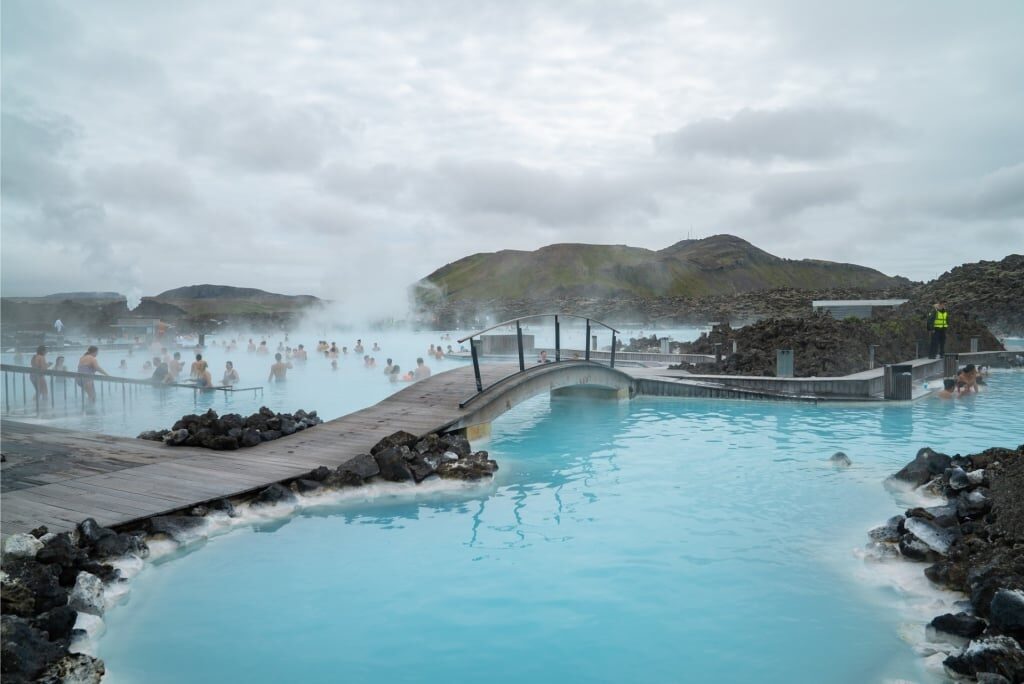
The Blue Lagoon
Iceland might not be the first place that springs to mind when it comes to a dip, but the country’s geothermal nature means hot springs, spa pools, and baths abound. In fact, open-air swimming is almost a national institution here thanks to the chance to be warmed by steamy waters despite the natural chill.
The poster child for an outdoor dip is The Blue Lagoon spa, situated between the international airport at Keflavik and capital, Reykjavik. Here, the milky white waters and lava field backdrop have graced many a magazine cover and should be on any list of must-dos.
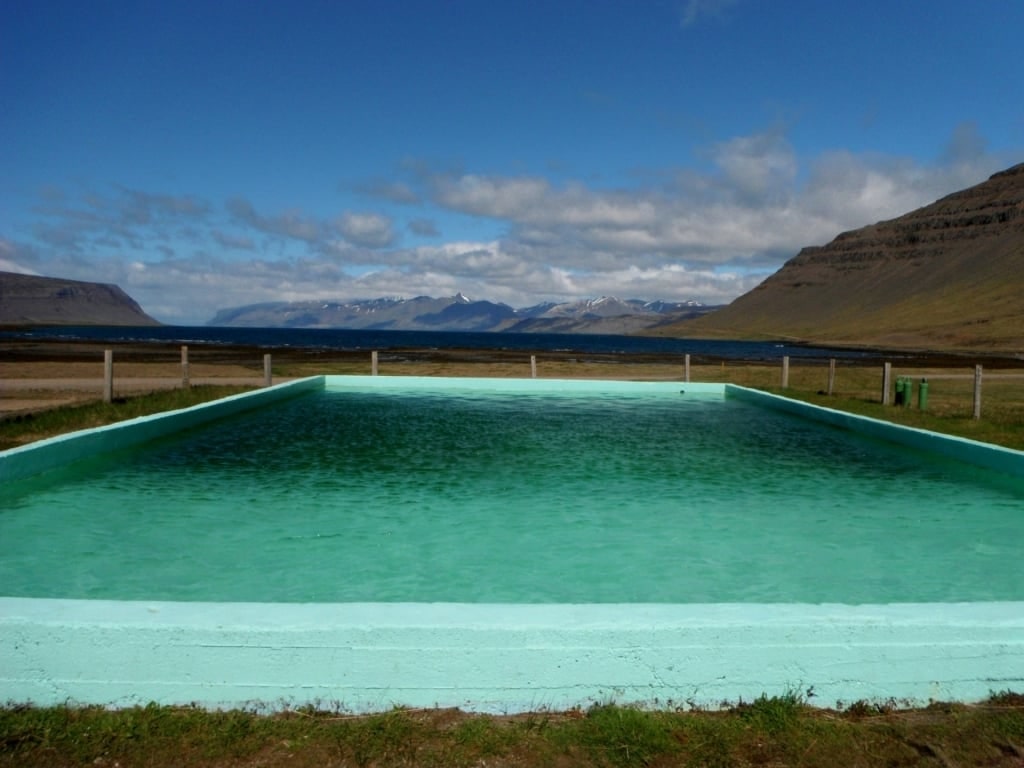
Reykjafjarðarlaug Pool
Elsewhere, the capital’s Nauthólsvík Beach is manmade with golden sands and the chilly Atlantic heated with waters from a natural spring.
Further north, there are even more chances to swim, Reykjafjarðarlaug Pool is a fabulous hotspot a 90-minute drive from Isafjordur, while in Akureyri the city’s public pool, Sundlaug Akureyri, is a local favorite. With its warm outdoor pools, hot tubs, steam baths, and waterslides, it’s more than just a place to swim — it’s a hub of daily life.
Steel Your Stomach

Restaurant in Reykjavik
Iceland is almost self-sufficient from a food point of view, geothermal energy and greenhouses giving rise to all kinds of fruit and veg you might not expect to be grown here. But this is a land where culinary traditions were shaped by harsh winters and limited resources – and some of the more traditional delicacies on offer could test your taste buds as well as your nerve.

Hákarl
Top of the list is hákarl – fermented shark. Aged for months until its ammonia-rich aroma could clear a room, it’s washed down with the local firewater, Brennivín. More palatable is harðfiskur, white fish, usually cod or haddock, dried to a jerky-like consistency. Packed with protein, it’s made tastier with a slather of butter on it – so follow the locals’ lead.
Then there’s puffin meat, cormorant eggs, sheep brain jelly, and more for those feeling adventurous. Some restaurants still serve whale steaks too – although that comes with a side of controversy for many people. There are, of course, many Icelandic dishes that don’t conjure up images of reality TV show challenges, but if you’re an adventurous foodie, a trip to Iceland should be on the menu.
Sample the Local Beverages

Brennivín
Compared to other Nordic nations, stats show that Icelanders are not big drinkers – although that can change on a weekend, particularly in Reykjavik. And it’s here you’ll likely be introduced to Brennivín, or Black Death, as it’s affectionately known.
Distilled from fermented grain or potato mash, it’s a potent form of schnapps that’s not for sipping daintily, nor for the faint of heart. Traditionally paired with the aforementioned fermented shark, given that it’s about the only thing that can kill the ammonia taste, you can now find it served in shot form, or increasingly in the cocktails of hip bars.
Thankfully, it’s not the only locally produced alcohol – there are some very good Icelandic beers too. Lava is a must-try for beer lovers. A Russian Imperial Stout with an ABV of 9.60%, it’s deliciously potent. For a more traditional ale with a unique Icelandic botanical twist, try Leifur, named after Leif Eriksson, the first European to set foot in the Americas, considered a local hero here.
Read: Best Breweries in Iceland
Prepare to Walk Across Continents
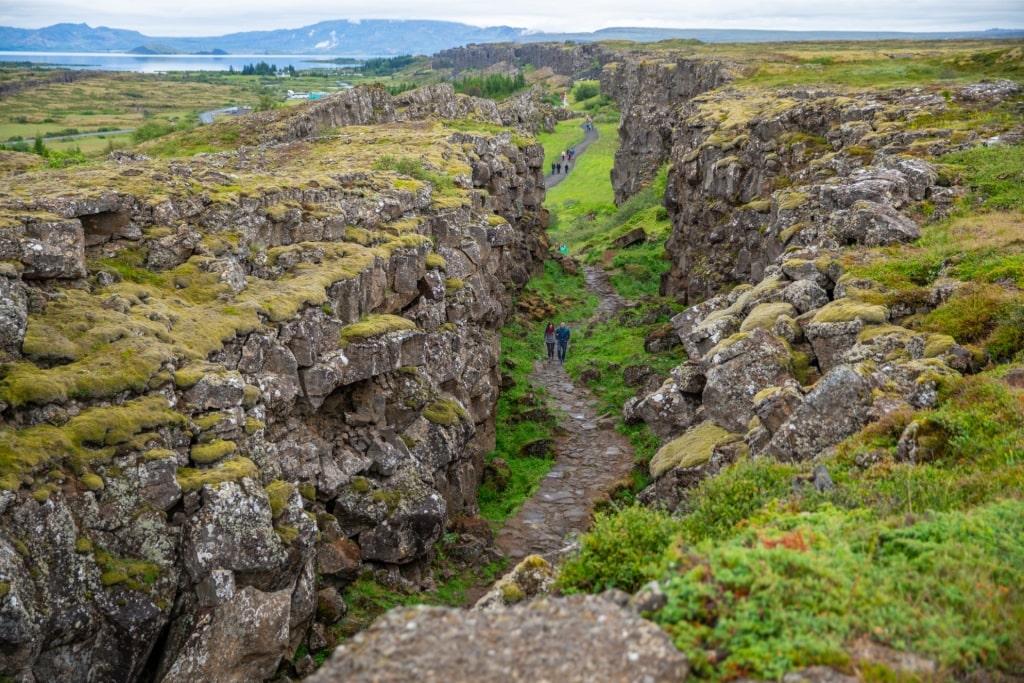
Thingvellir National Park
It’s not every day you can say you’ve stood between two continents without the need to jump on a plane, but you can do that when visiting Iceland, at Thingvellir National Park.
One of the best places to visit in Iceland, this UNESCO World Heritage Site is unique in that you can stroll between the North American and Eurasian tectonic plates. The giant plates drift slowly apart by hundredths of an inch each year, slowly shaping the landscape in the park and, quite literally, tearing Iceland in two. The effect is best seen in the Almannagjá gorge with its towering walls marking the edge of North America.
Elsewhere, you can swim or snorkel in Silfra, a glacial fissure between the continents with crystal clear and absolutely freezing waters, for a unique experience. This is only possible with a guide and a dry suit but the clarity of the water is astonishing.
Enjoy the Forces of Nature
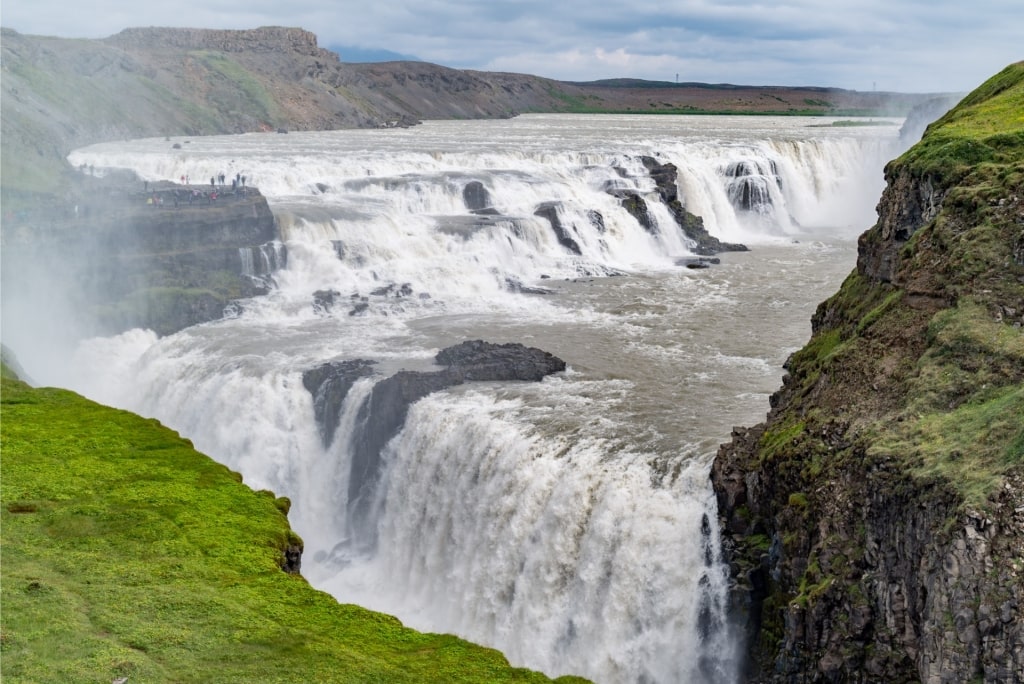
Gullfoss
Icelandic nature doesn’t sit around looking all pretty. It performs. Lava fields form, volcanoes erupt, waterfalls thunder, and geysers explode. Golden Circle tours around Reykjavik take in Thingvellir, as well as the mighty Gullfoss waterfall, and the Haukadalur Valley.
Gullfoss is where the Hvítá River thunders over two tiers of rock, seemingly disappearing into a crack in the earth and soaking all who watch from the viewing platform. In the Haukadalur Valley, meanwhile, the Strokkur Geysir couldn’t be better primed to perform if it were a theme park construct. Every five to 10 minutes, scalding water rockets 100 feet into the air as it furiously explodes. It’s so hot, the show has to be viewed from a safe distance.
In the north, not far from Akureyri, Goðafoss – the “Waterfall of the Gods” – is another one of Iceland’s mighty falls, this time shrouded in Viking legend.
Keep Up to Date on Eruptions
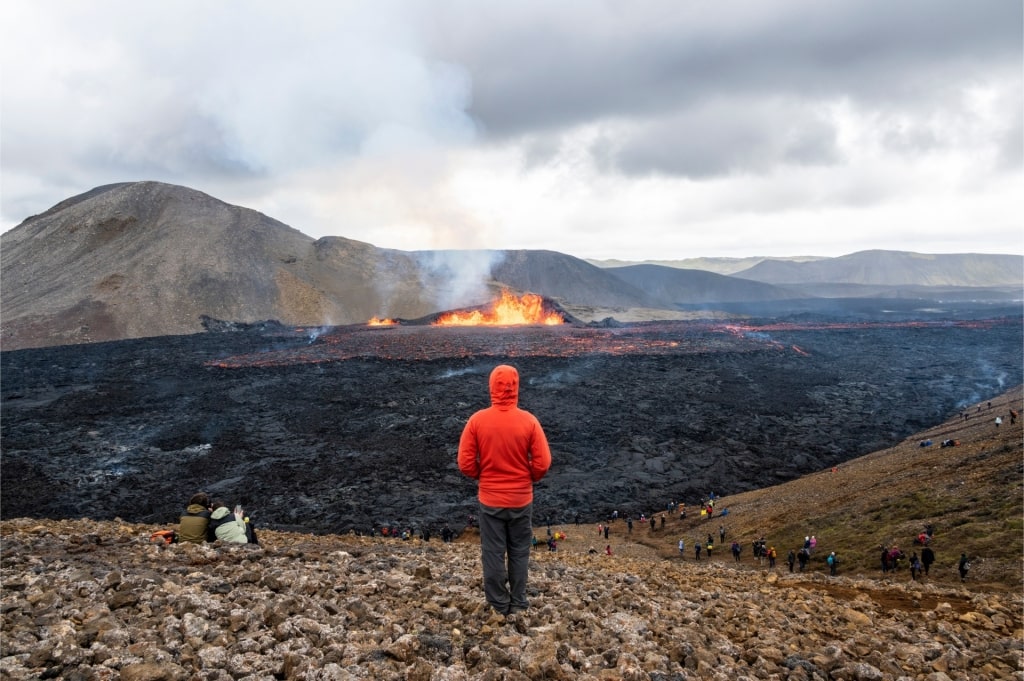
Fagradalsfjall
With more than 30 active volcanic systems, the ground in Iceland barely stays still. Watching a volcano erupt, from a safe distance, of course, is a real visceral thrill.
Ahead of a visit, the Icelandic Meteorological Office is the go-to source for real-time updates on volcanic activity with a color-coded alert system. On the ground, Icelandic news channels also provide regular updates, and don’t forget to ask the locals for their view.
Whether you’re talking to a park ranger near Fagradalsfjall, a volcano near Keflavik, or a bartender in Reykjavik, people tend to know what the buzz is about the local activity.
Prepare For Tall Stories
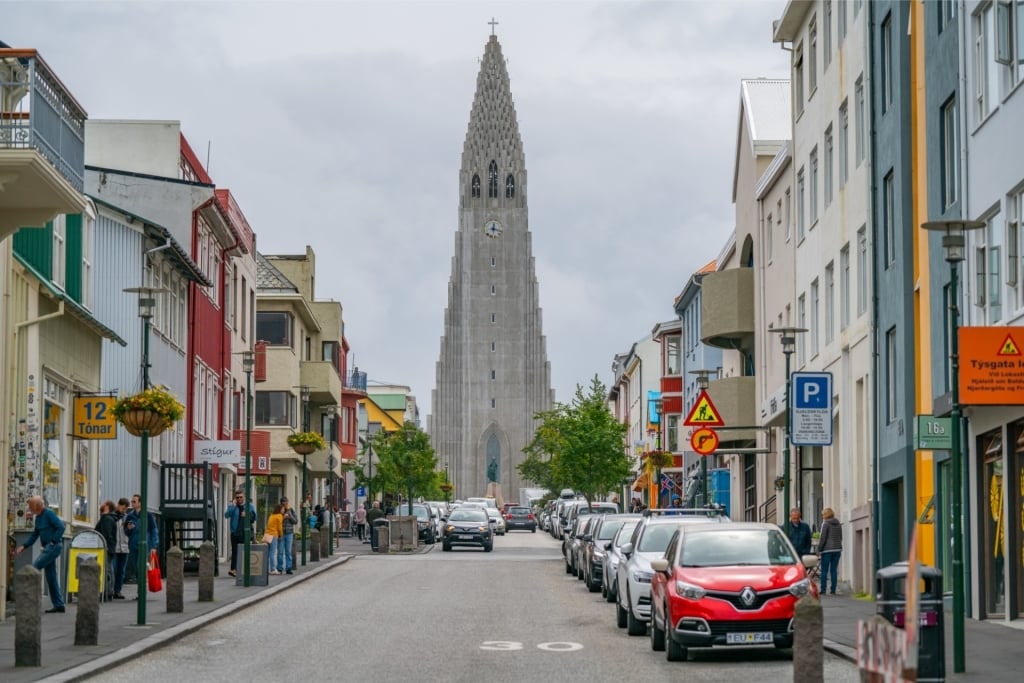
Hallgrímskirkja, Reykjavik
The line between history and legend is a thin one here. This is a land, after all, where Vikings once roamed, leaving stories that have echoed through the years.
It all began in 870 AD when Ingólfur Arnarson, Iceland’s first settler, made landfall in what would become Reykjavik. From that moment on, Viking culture became woven into the island’s fabric, with even Reykjavik’s iconic Hallgrímskirkja church resembling the bow of a Viking longship.
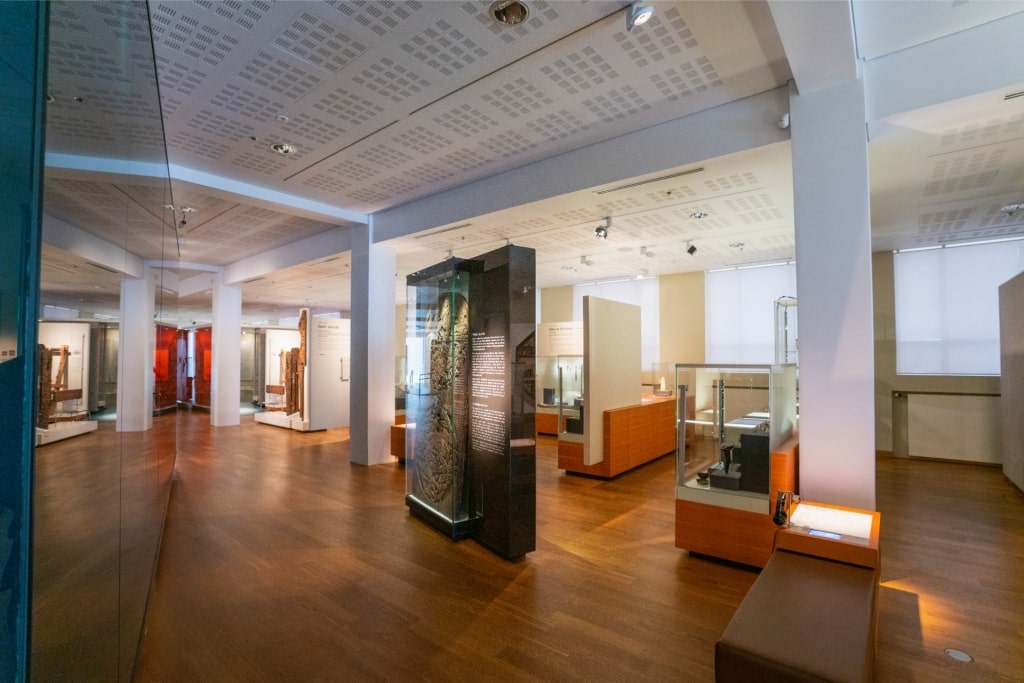
National Museum of Iceland
For a deeper dive into this fierce yet fascinating era, head to the National Museum of Iceland and the Saga Museum, both in Reykjavik and both with excellent Viking storytelling elements.
The island’s lore doesn’t stop with Vikings, either. Icelanders have long shared their home with the Huldufólk – the Hidden People. These elusive elves are more than just fairy tales, according to locals, with surveys suggesting that anywhere from 30% to 60% of Icelanders believe in their existence.
Roads have been rerouted to avoid disturbing their invisible homes and locals think twice before building on lands that might be elvish. For those curious enough to seek them out, Reykjavik is home to the Icelandic Elf School, where visitors can study the folklore, hear “eyewitness” accounts, and learn how to spot an elf.
Be Amazed By Whales
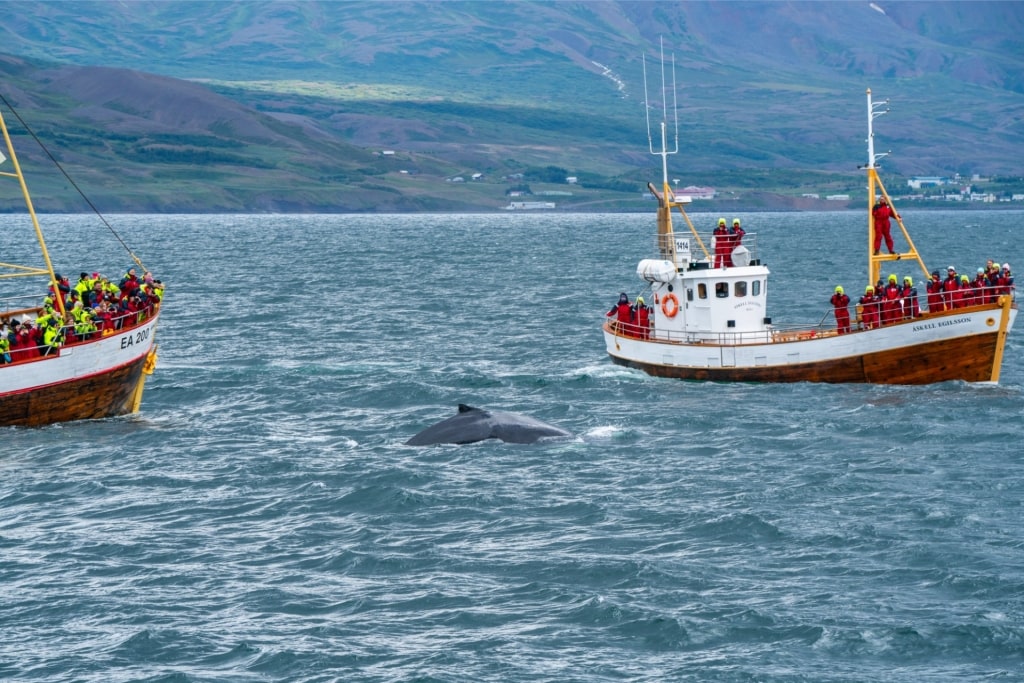
Whale watching in Akureyri
With over 20 species of whales inhabiting the seas around Iceland, the country is considered one of the best places in the world to see these ocean giants in their natural habitat.
The cold, nutrient-rich waters around the island provide a perfect feeding ground, with minke and humpback sightings very common, while orcas and blue whales are not out of the question. Spotting the latter – the largest animal to have ever lived – is quite the story for your return home.
Prime whale watching is April to October, when temperatures, food supply, and the longer days all combine to make sightings much more likely. In Reykjavik, tours set sail from the city’s old harbor which offers a picturesque backdrop to a trip, while there are whale-spotting tours that leave both Akureyri and Isafjordur too.
Dress in Layers
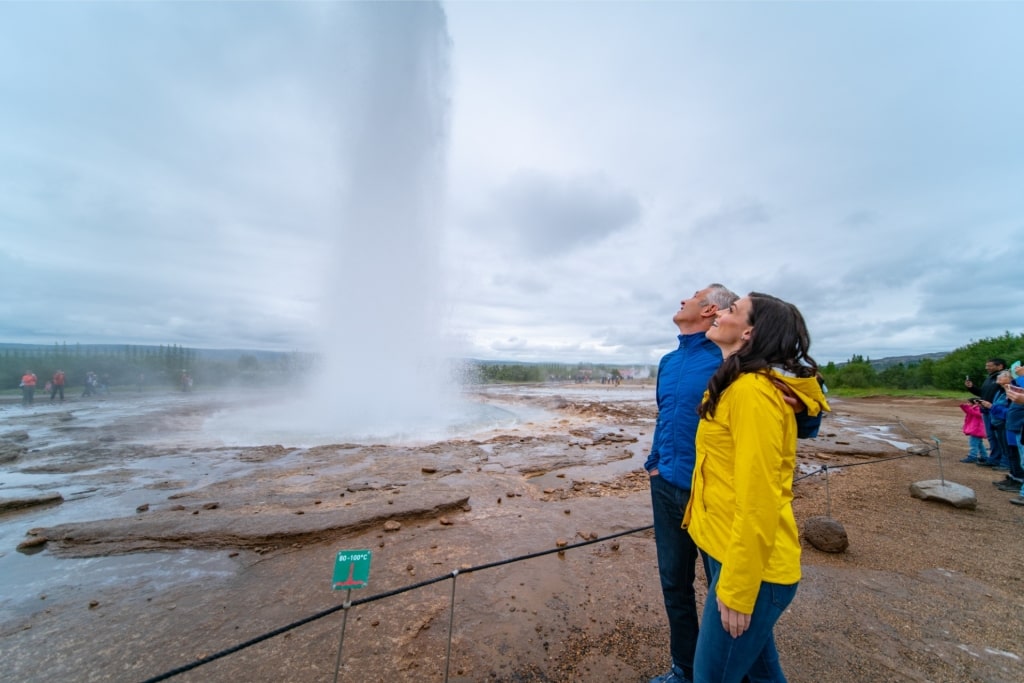
Strokkur
The old saying “there’s no such thing as bad weather, only bad clothing” could well have been penned specifically about Iceland. Even during summer in Iceland, temperatures rarely exceed 60°F and can drop into the low 40s on high ground, especially when inland and away from the more temperate coasts.
You can also easily go through four seasons in a day: the sun warming your face one moment, icy winds howling through your coat the next, while rain is never that far away.
Mastering these meteorological mood swings is essential, then, and the solution is to layer up. Start with a moisture-wicking base layer, add a fleece for body heat, and a waterproof and windproof shell as a top layer. Don’t forget, too, hats, scarves, and gloves, and make sure to wear sturdy waterproof shoes when out and about exploring.
Meet the Local Horses
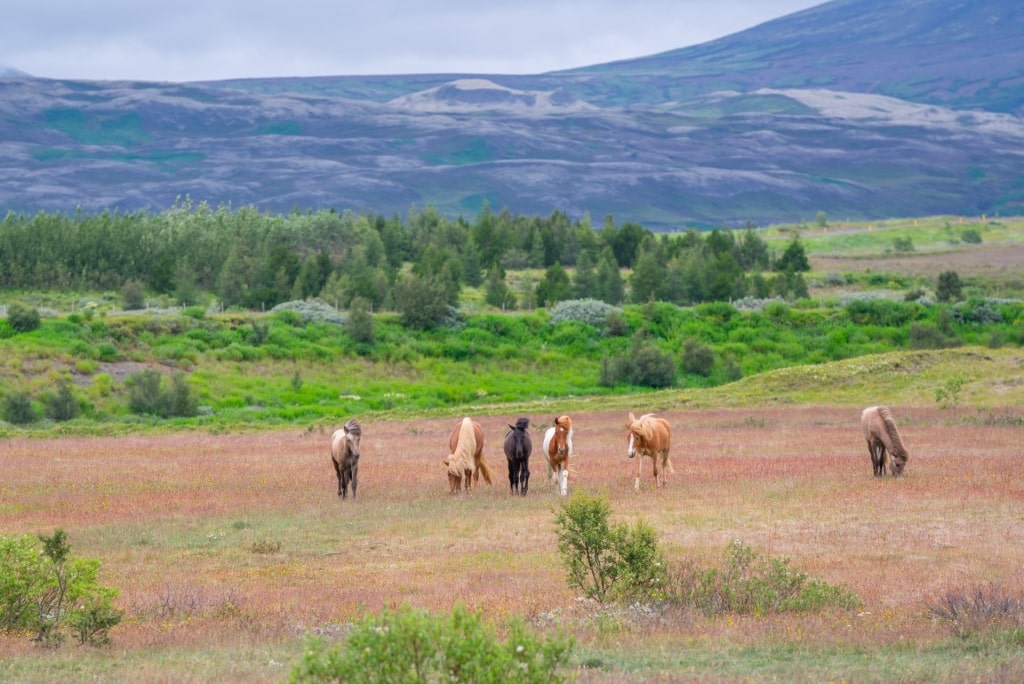
Icelandic horses
Short, stocky, powerful, and incredibly photogenic, Icelandic horses are among the purest bred in the world. First imported to the island over 1,000 years ago, they’ve remained so pure as no other horses are allowed to be imported, and any that do leave the island can never return.
With thick, shaggy coats to keep them warm in the cold, they are also unique for their five gaits, adding a tölt – smooth and quick, but not bouncy – and skeið, a flying pace, to the usual walk, trot, and canter. Super friendly, they’re great companions on tours, allowing people to see the country from a different viewpoint. Reykjavik is home to several companies that offer guided horseback tours around the capital and beyond.
Plug in to Stay Connected

Strokkur Geysir
Iceland is a fascinating country with landscapes so jaw-droppingly epic that your camera or phone will be needing extra charge and, potentially, disk space. Make sure to charge everything fully before venturing out and carry a power pack or spare battery just in case.
Missing, perhaps, that perfect shot of Strokkur Geysir at its height, a humpback breaching, or even the chance to snap the world’s first official portrait of one of the Huldufólk would be unforgivable.
Read: Best Things to Do in Iceland

Grimsey Island
Plan your next trip to the land of fire and ice. Browse Celebrity’s cruises to Iceland and book your dream vacation today.
